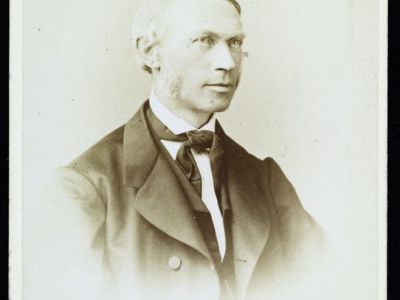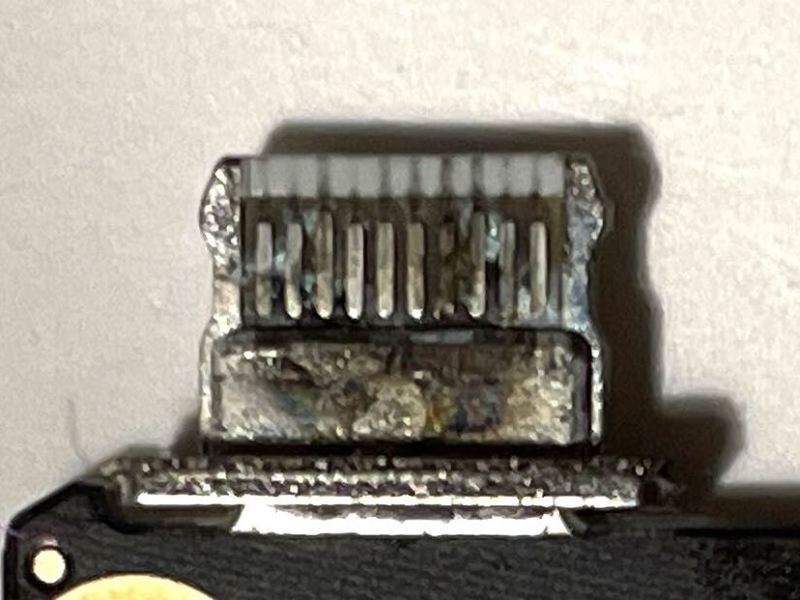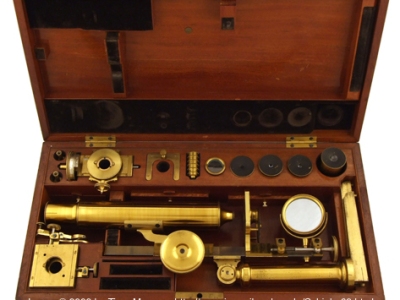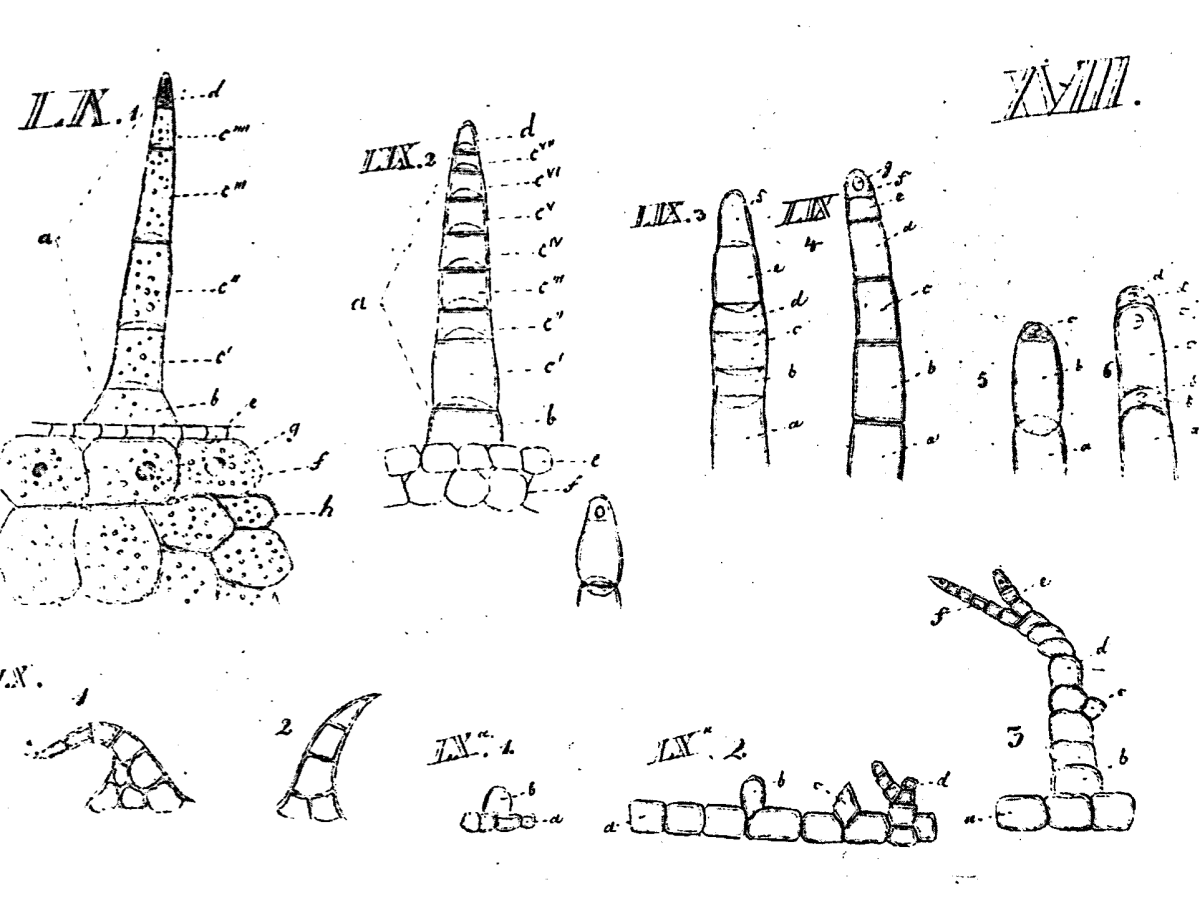Historiography of history of science, hard to find HSTM downloads…and maybe cat pictures.
Who invented the chloriodide of zinc test for cellulose? An online adventure…
A common chemical reagent for botanical microscopy in the latter half of the nineteenth century was chloriodide of zinc, or, in German, Chlorzinkjod. The exact name varies — chlor-zinc-iodide, iodine zinc chloride, etc. — but basically it is a test for cellulose, having replaced the more volatile iodine + sulfuric acid test of the 1830s. But who invented it? Search the internet and you run into the problem that, not only does this stuff have a lot of different names, but it has also been attributed to a lot of different scientists. Since 2011 the English language Wikipedia has attributed it…
Read more…23andMe was never about “your” genome
For years, 23andMe pulled the scam of convincing about 12 million people to pay them $99 to sequence “their” genome. They scammed us into believing that “my” genome is “mine” alone, or that “your” genome is “yours” alone. But that’s not how human genomes work. Half of “my” genes are also half of my father’s genes, and the other half of “my” genes are also half of my mother’s genes…and so on and so forth.* What 23andMe tricked us into giving them was not our “personal” genomes but also the half of the genomes of our parents and our children,…
Read more…Historical dictionaries for historians of biology
As a historian of biology—of mostly the 19th and 20th centuries, and of mostly German biology, a little bit of English- and French-language biology, and teensy-weensy bits of Dutch, Czech, and Russian biology—I rely a lot on multilingual dictionaries to help me understand my sources. I think old, digitized dictionaries are invaluable for doing good history of science, because they help us understand terms as they were. If you have a number of them across different editions or eras you can even track how these terms change. Most pre-1930 dictionaries are now available digitized online, but I also make an…
Read more…The worst CAPTCHA’s
Last Spring the Deutsche Bahn inflicted on me some of worst CAPTCHAs I’ve ever seen: “Please click on the pictures of the cookies that are in the shape of a dog.” This horror show is their example image for what a cookie in the shape of a dog looks like: Is this unsettling yet? Dear millionaires who are making AI models and data sets: please stop filling the world with terrible garbage. Dear CAPTCHA, I resent being your AI training guinea pig. And Dear Deutsche Bahn, please stop making me solve these every time I try to log in with…
Read more…Briefly: USB-C vs. Lightning connectors
On a recent episode of the podcast Robot or Not? co-hosts John Siracusa and Jason Snell explained why calling plugs “male/female” is antiquated and why we should call them plugs and ports or jacks and sockets instead. They also talk about the design of Apple’s Lightning connector versus the newer USB-C connector that’s rapidly become a part of our daily lives, and which one is the better physical connector: When you stick the USB-C plug in there, it’s so well contained that even if you, like, yank the USB-C cable, you’re more likely to break the cable or the connector before you’ll break…
Read more…How much did a microscope cost in the 1830s and 1840s?
In her 1987 evaluation of the history of Schleiden and Schwann’s cell theory, the late Ilse Jahn pointed out that in Berlin in the 1830s and 1840s there were a lot of scientists using advanced microscopes, many of whom were clustered around the Gesellschaft naturforschender Freunde zu Berlin. So how much did their microscopes cost? And why was this important in the history of biology?
Read more…Gavin Bridson, The History of Natural History: An Annotated Bibliography (1994)
Here’s a book I stumbled upon today that I wish I knew about a long time ago: Gavin Bridson’s The History of Natural History: An Annotated Bibliography. It’s not just a bibliography of natural history resources, it’s a bibliography of history of natural history resources, which means this should go on the top of any grad student’s prelims or comps reading list for the history of the life sciences. When I was in grad school at UW-Madison (back before the History of Science department merged with the History Department in 2017—BTW a good thing for everyone involved, by all accounts)…
Read more…Cell theory historiography and Gustav Gabriel Valentin’s Histiogeniae plantarum atque animalium (Histiogenia comparata) of 1835/37
Not infrequently, histories of cell theory will mention Jan Purkyně (1787–1869) and his student Gabriel Gustav Valentin (1810–1883) as important forerunners to Schleiden and Schwann. Years before Schleiden’s 1838 “Beiträge zur Phytogenesis” and Schwann’s 1839 Mikroskopische Untersuchungen, Purkyně and Valentin both observed nuclei in animal cells, and both suggested a possible homology between plant cells and animal cells. Purkyně never wrote any essay, book, or treatise just on cell theory the way that Schleiden and Schwann had, but Valentin did exactly that in 1835. Probably fewer than 10 people have ever read Valentin’s 1835 treatise on cells, however. According to…
Read more…CD-ROM 💿 for Dieter Gerlach’s Geschichte der Mikroskopie (2009)
Dieter Gerlach’s book Geschichte der Mikroskopie (2009) is far and away the best single reference work on the history of microscopy.* It is also long out of print: the publisher Verlag Harri Deutsch closed its doors in 2013, and Dr. Gerlach passed away in 2015. Geschichte der Mikroskopie was clearly a labor of love and dedication, and Dr. Gerlach collected hundreds of pictures of both biologists and historical microscopes for the book. The book included a CD-ROM with these same images in higher resolution and in color. Since a lot of library copies no longer have the CD-ROM, I’ve uploaded…
Read more…Core historiography on 19th century cell theory
In May 2022 Karl Matlin invited a few of us — Hanna Worliczek, Andrew Reynolds, Gina Surita, Anna Guerrero, and Jane Maienschein — out to the MBL to discuss our ideas for the future of the historiography of cell biology. I made some slides and pedantic comments. I thought I’d share my slides on what I’d consider to be core the scholarship on cell theory in the 19th century. If you see stuff that’s missing, email me (dan@dan-liu.net) and I’ll add it. (You can try using the comments section below, but I can’t guarantee I’ll see it.) I’d argue there…
Read more…Daniel Liu, PhD
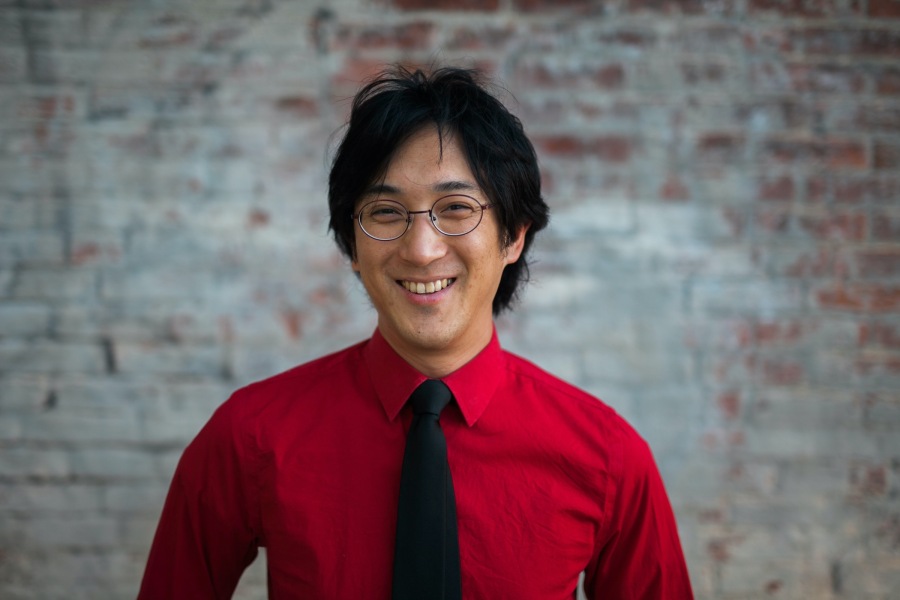
Historian of the modern life and physical sciences.
Principal Investigator, DFG Project 463389772.
Research Associate at Ludwig-Maximilians-Universität München, Historisches Seminar, Abteilung für Wissenschaftsgeschichte.
